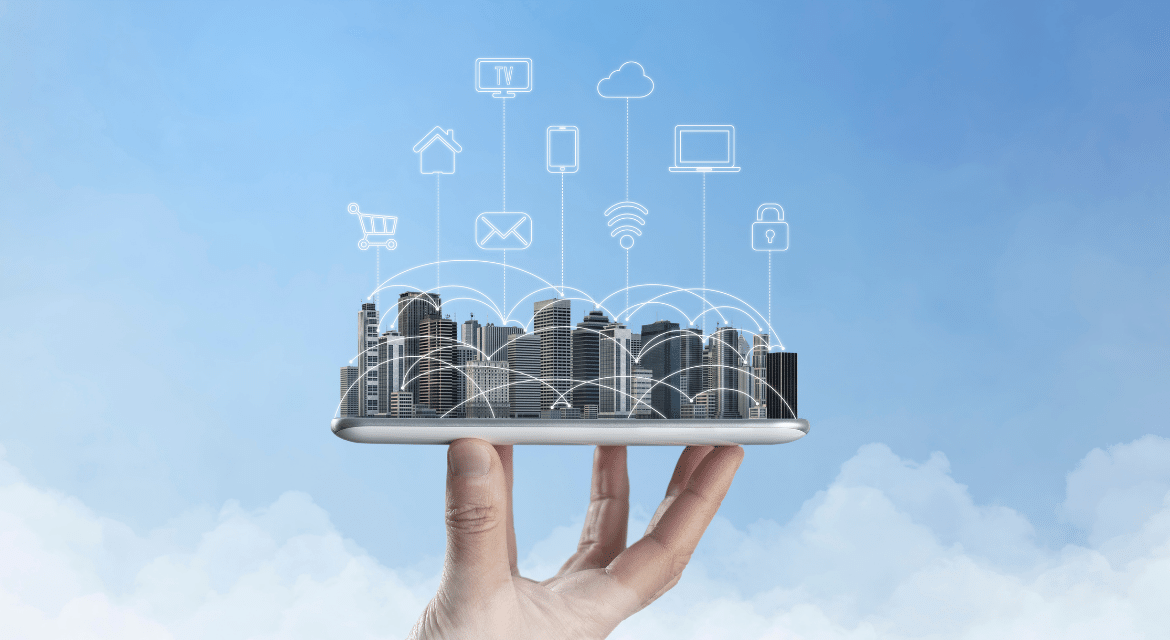Consider traveling to a foreign country where you do not speak the language. However, with the press of a finger on a smartphone app, you can effortlessly navigate one of the world’s finest smart cities from the minute you arrive at the moment you depart. This is smart city tourism – the way tourism will be in the future.
Tourism benefits cities by boosting their economies, creating jobs, and expanding business opportunities, particularly in the retail and restaurant sectors. Tourism in smart cities can be enhanced in a variety of ways through the use of new Internet of Things (IoT) technology. Among them are the following:
- Intelligent ticketing
- Services for intelligent security
- Enhancement of transportation services
- Virtuoso
- Language services
- Intelligent city bots to assist visitors
Tourism in smart cities is fueled in part by huge events such as concerts, athletic events, and fashion shows. Intelligent crowd management is an excellent example of how smart city tourism leverages IoT to streamline service delivery. The same technology may be used to assist in getting people where they need to go, planning services around their behavior, and even targeting adverts from businesses to areas where groups will congregate at a predicted time.
Sports and entertainment events, which are critical markets for crowd control systems, have an impact on smart city tourism. These gatherings are frequently attended by thousands of people. While the sorts of events vary, the technology used in smart city tourism is consistent and transferrable.
Event administrators seek to manage crowds safely and generate money from the event. Smart city tourism Internet of Things technology can offer event managers useful data about where people are located, how they move, and how they arrive at or depart from the event venue.
Nowadays, everything appears to be classified as smart: smart cars, smart smartphones, smart TVs, smartwatches, and smart hotels. To bring much of this smartness together, a global movement of smart cities is assisting towns and communities in connecting the dots of virtually everything to make them more habitable, workable, and sustainable. Given the cross-cutting nature of travel and tourism, a smart city can contribute to the development and sustainability of smart tourism, although this connection is not yet apparent.
A smart city makes use of information and communication technology to monitor and collect data on the state of the streets, buildings, transit, and the air. This requires integrating sensors and other technologies throughout a destination in order to monitor and collect data on everything from water and traffic to energy consumption.
The data is subsequently transmitted over wired and wireless links, forming what is becoming known as the Internet of Everything (IoE), a network of interconnected devices. The data is then crunched or analyzed to assist government and business decision-makers in making more informed choices.
Each of these solutions is provided throughout the city via the smart city strategy, which leverages the latest and finest in technology. For the visitor, resident, business owner, and investor, the outcome is a greener, cleaner destination that is also a healthier, higher-quality location to visit, live, and conduct business.
Another significant aspect of this method is that when a destination adopts a smart-city approach as the places described above have new business opportunities, particularly in travel and tourism, emerge.
The increased quality of life throughout the destination benefits hotels, restaurants, tourism-related transportation, and attractions. In fact, this is the broken window theory: disorder, such as a broken window on a structure, draws additional disorder, whereas repairing the window has the opposite effect.



